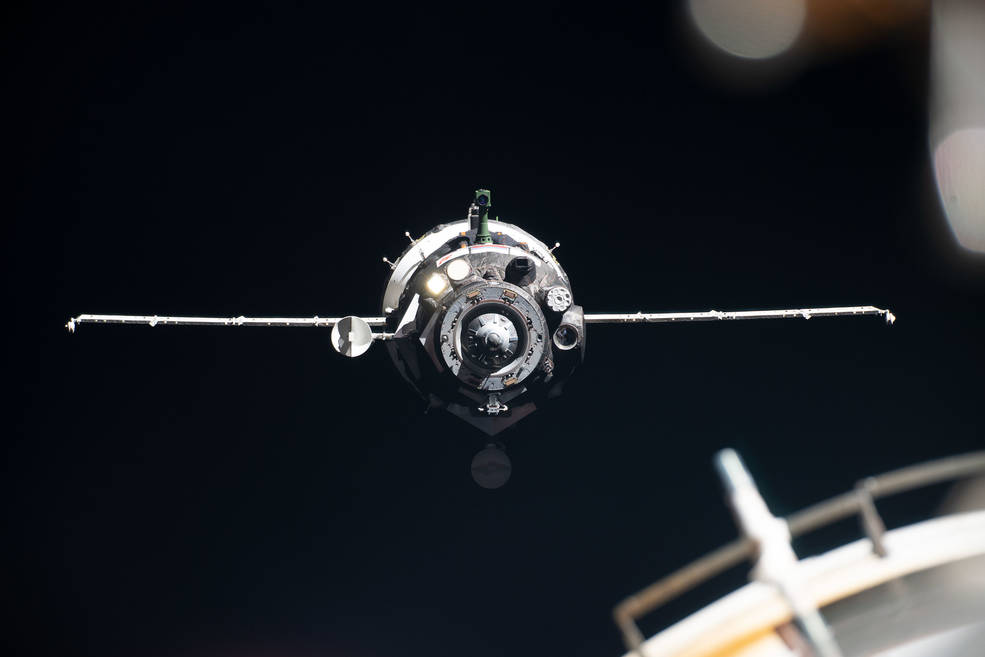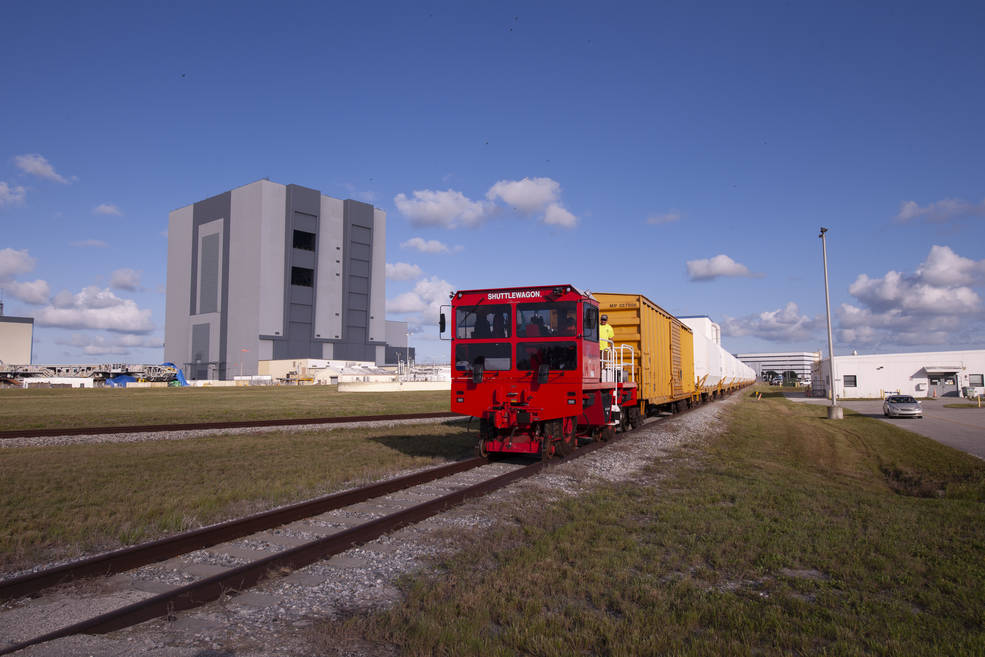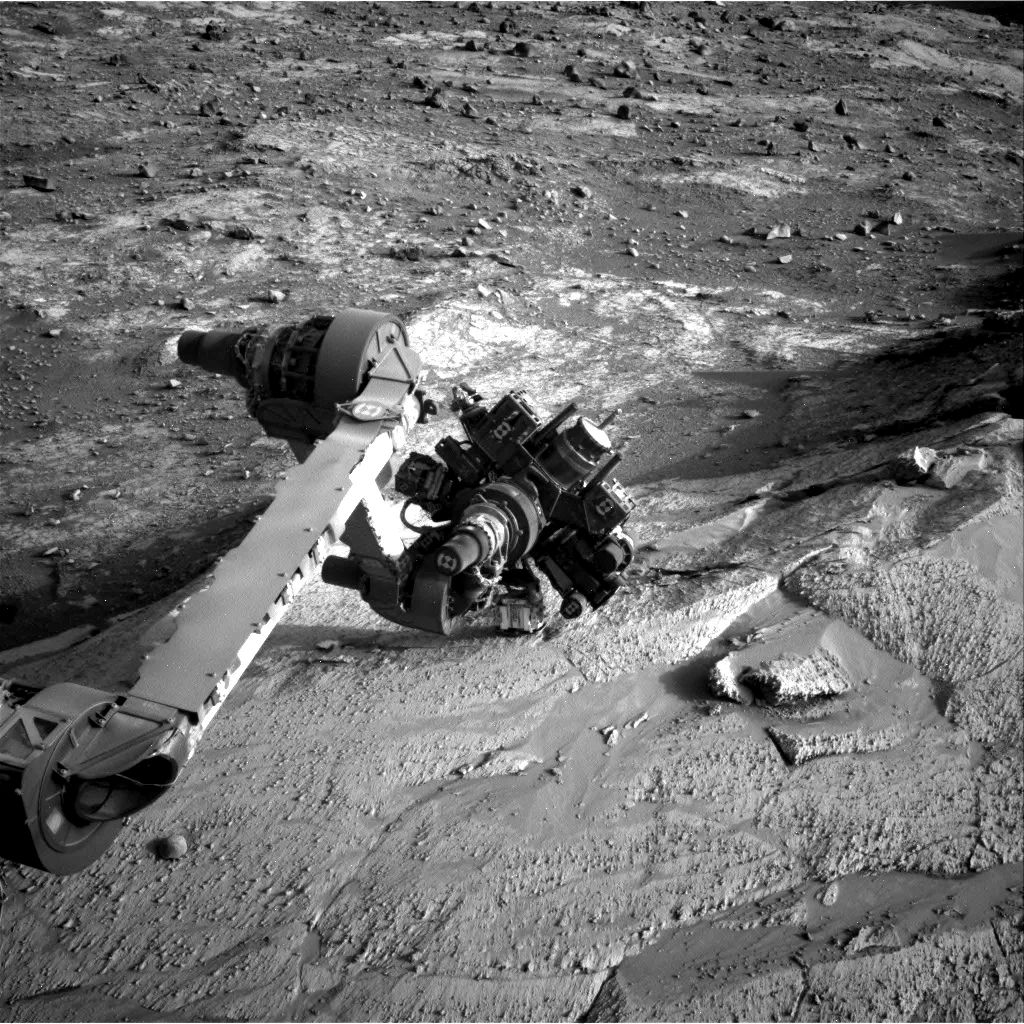25 Years On, Chandra Highlights Legacy of NASA Engineering Ingenuity

By Rick Smith
“The art of aerospace engineering is a matter of seeing around corners,” said NASA thermal analyst Jodi Turk. In the case of NASA’s Chandra X-ray Observatory, marking its 25th anniversary in space this year, some of those corners proved to be as far as 80,000 miles away and a quarter-century in the future.
Turk is part of a dedicated team of engineers, designers, test technicians, and analysts at NASA’s Marshall Space Flight Center in Huntsville, Alabama. Together with partners outside and across the agency, including the Chandra Operations Control Center in Burlington, Massachusetts, they keep the spacecraft flying, enabling Chandra’s ongoing studies of black holes, supernovae, dark matter, and more – and deepening our understanding of the origin and evolution of the cosmos.
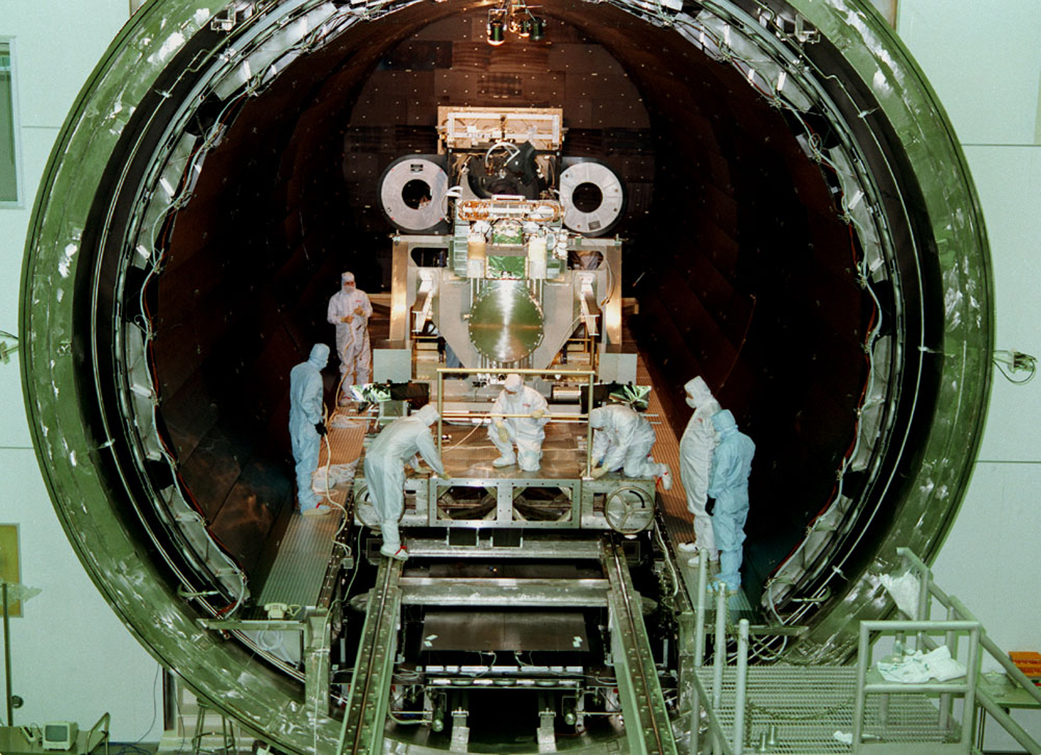
Engineers in the X-ray Calibration Facility – now the world-class X-ray & Cryogenic Facility – at NASA’s Marshall Space Flight Center in Huntsville, Alabama, integrate the Chandra X-ray Observatory’s High Resolution Camera with the mirror assembly inside a 24-foot-diameter vacuum chamber, in this photo taken March 16, 1997. Chandra was launched July 23, 1999, aboard space shuttle Columbia.
NASA
“Everything Chandra has shown us over the last 25 years – the formation of galaxies and super star clusters, the behavior and evolution of supermassive black holes, proof of dark matter and gravitational wave events, the viability of habitable exoplanets – has been fascinating,” said retired NASA astrophysicist Martin Weisskopf, who led Chandra scientific development at Marshall beginning in the late 1970s. “Chandra has opened new windows in astrophysics that we’d hardly begun to imagine in the years prior to launch.”
Following extensive development and testing by a contract team managed and led by Marshall, Chandra was lifted to space aboard the space shuttle Columbia on July 23, 1999. Marshall has continued to manage the program for NASA ever since.
“How much technology from 1999 is still in use today?” said Chandra researcher Douglas Swartz. “We don’t use the same camera equipment, computers, or phones from that era. But one technological success – Chandra – is still going strong, and still so powerful that it can read a stop sign from 12 miles away.”
That lasting value is no accident. During early concept development, Chandra – known prior to launch as the Advanced X-ray Astrophysics Facility – was intended to be a 15-year, serviceable mission like that of NASA’s Hubble Space Telescope, enabling periodic upgrades by visiting astronauts.
But in the early 1990s, as NASA laid plans to build the International Space Station in orbit, the new X-ray observatory’s budget was revised. A new, elliptical orbit would carry Chandra a third of the way to the Moon, or roughly 80,000 miles from Earth at apogee. That meant a shorter mission life – five years – and no periodic servicing.
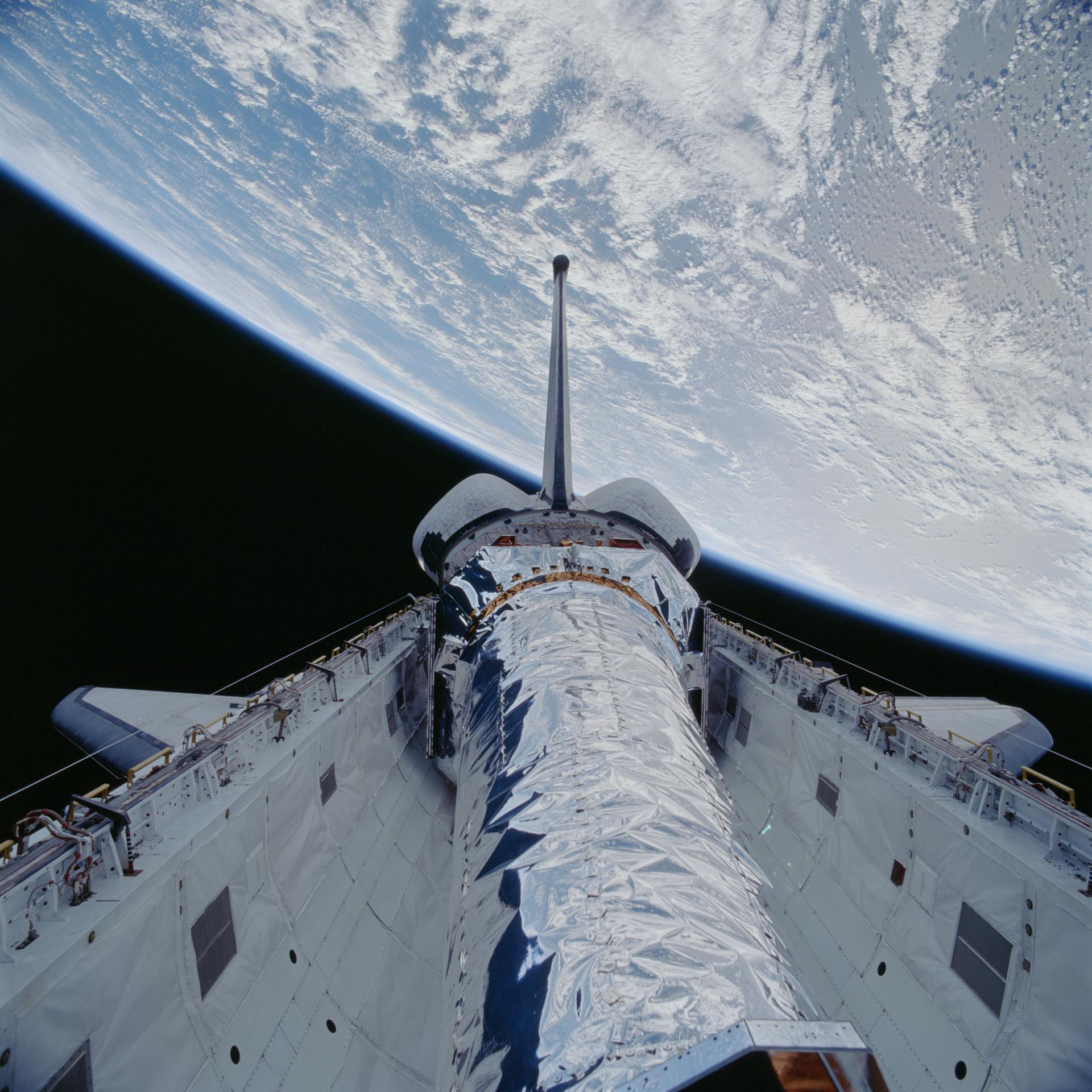
The Chandra X-Ray Observatory, the longest cargo ever carried to space aboard the space shuttle, seen in Columbia’s payload bay prior to being tilted upward for release and deployment on July 23, 1999.
NASA
The engineering design team at Marshall, its contractors, and the mission support team at the Smithsonian Astrophysical Observatory revised their plan, minimizing the impact to Chandra’s science. In doing so, they enabled a long-running science mission so successful that it would capture the imagination of the nation and lead NASA to extend its duration past that initial five-year period.
“There was a lot of excitement and a lot of challenges – but we met them and conquered them,” said Marshall project engineer David Hood, who joined the Chandra development effort in 1988.
“The field of high-powered X-ray astronomy was still so relatively young, it wasn’t just a matter of building a revolutionary observatory,” Weisskopf said. “First, we had to build the tools necessary to test, analyze, and refine the hardware.”
Marshall renovated and expanded its X-ray Calibration Facility – now known as the X-ray & Cryogenic Facility – to calibrate Chandra’s instruments and conduct space-like environment testing of sensitive hardware. That work would, years later, pave the way for Marshall testing of advanced mirror optics for NASA’s James Webb Space Telescope.
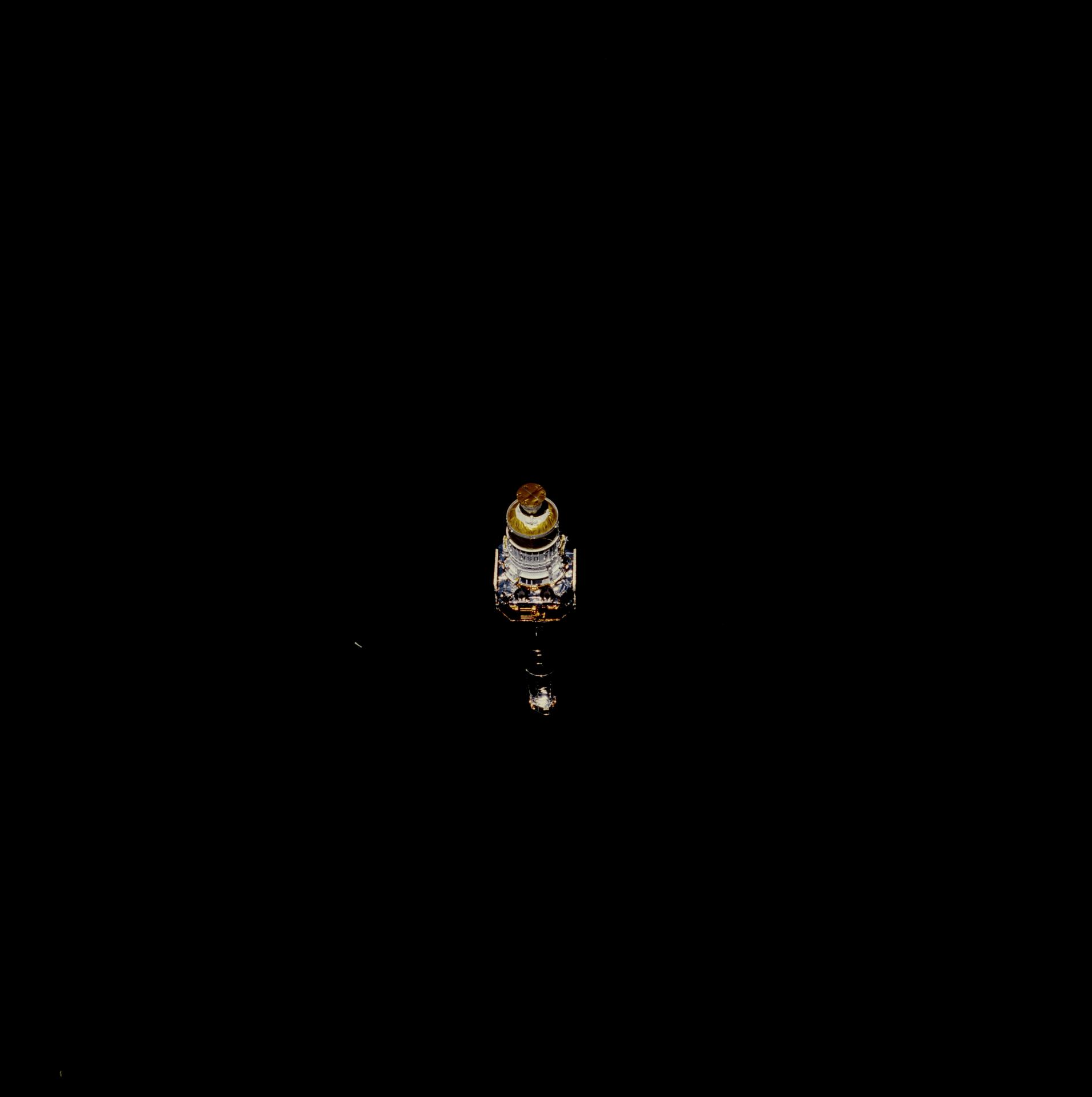
On July 23, 1999, the Chandra X-Ray Observatory is released from space shuttle Columbia’s payload bay. Twenty-five years later, Chandra continues to make valuable discoveries about high-energy sources and phenomena across the universe.
NASA
“Marshall has a proven history of designing for long-term excellence and extending our lifespan margins,” Turk said. “Our missions often tend to last well past their end date.”
Chandra is a case in point. The team has automated some of Chandra’s operations for efficiency. They also closely monitor key elements of the spacecraft, such as its thermal protection system, which have degraded as anticipated over time, due to the punishing effects of the space environment.
“Chandra’s still a workhorse, but one that needs gentler handling,” Turk said. The team met that challenge by meticulously modeling and tracking Chandra’s position and behavior in orbit and paying close attention to radiation, changes in momentum, and other obstacles. They have also employed creative approaches, making use of data from sensors on the spacecraft in new ways.
Acting project manager Andrew Schnell, who leads the Chandra team at Marshall, said the mission’s length means the spacecraft is now overseen by numerous “third-generation engineers” such as Turk. He said they’re just as dedicated and driven as their senior counterparts, who helped deliver Chandra to launch 25 years ago.
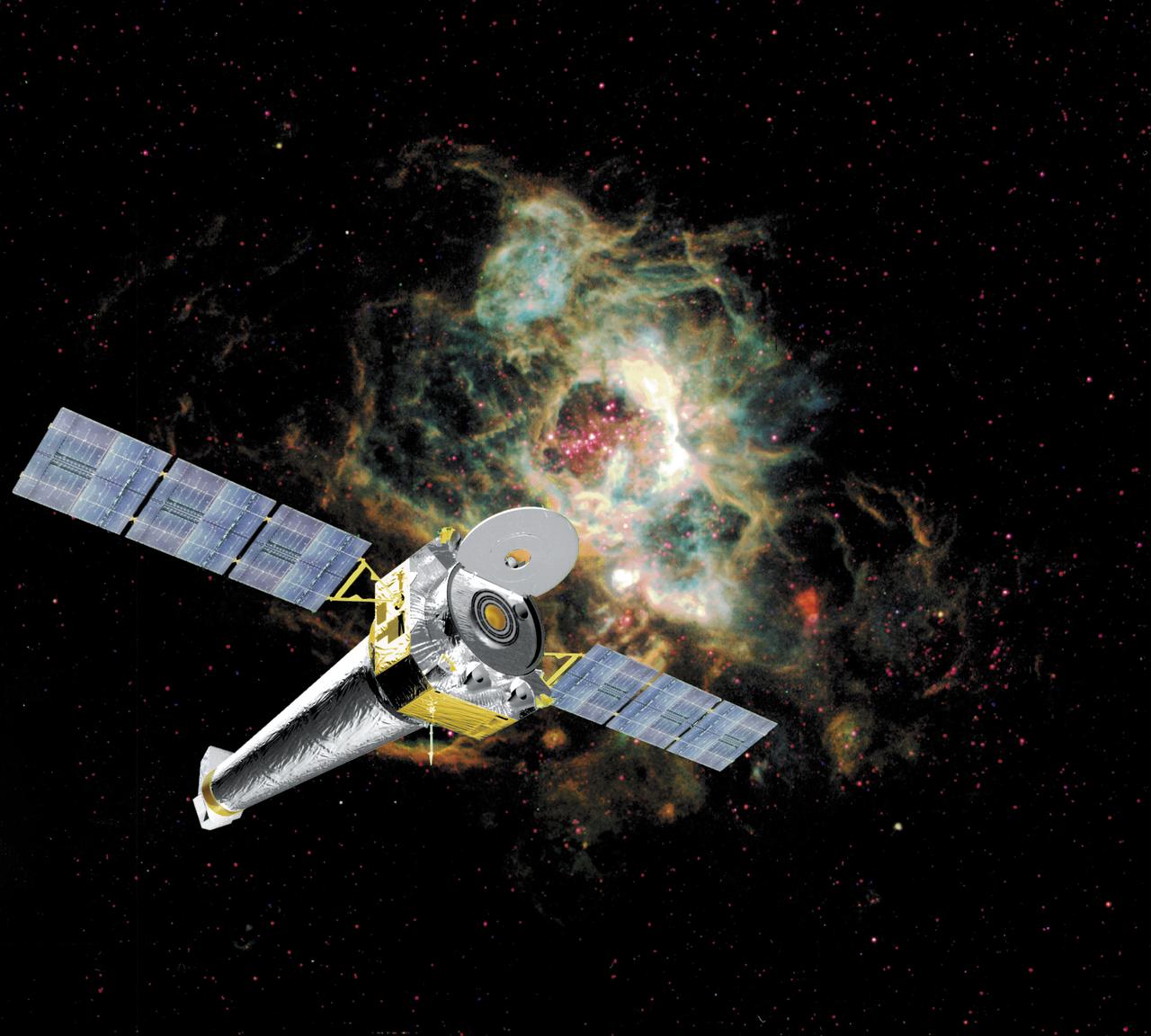
An artist’s illustration depicting NASA’s Chandra X-ray Observatory in flight, with a vivid star field behind it. Chandra’s solar panels are deployed and its camera “eye” open on the cosmos.
NASA
The work also provides a one-of-a-kind teaching opportunity, Turk said. “Troubleshooting Chandra has taught us how to find alternate solutions for everything from an interrupted sensor reading to aging thermocouples, helping us more accurately diagnose issues with other flight hardware and informing design and planning for future missions,” she said.
Well-informed, practically trained engineers and scientists are foundational to productive teams, Hood said – a fact so crucial to Chandra’s success that its project leads and support engineers documented the experience in a paper titled, “Lessons We Learned Designing and Building the Chandra Telescope.”
“Former program manager Fred Wojtalik said it best: ‘Teams win,’” Hood said. “The most important person on any team is the person doing their work to the best of their ability, with enthusiasm and pride. That’s why I’m confident Chandra’s still got some good years ahead of her. Because that foundation has never changed.”
As Chandra turns the corner on its silver anniversary, the team on the ground is ready for whatever fresh challenge comes next.
Learn more about the Chandra X-ray Observatory and its mission here:

